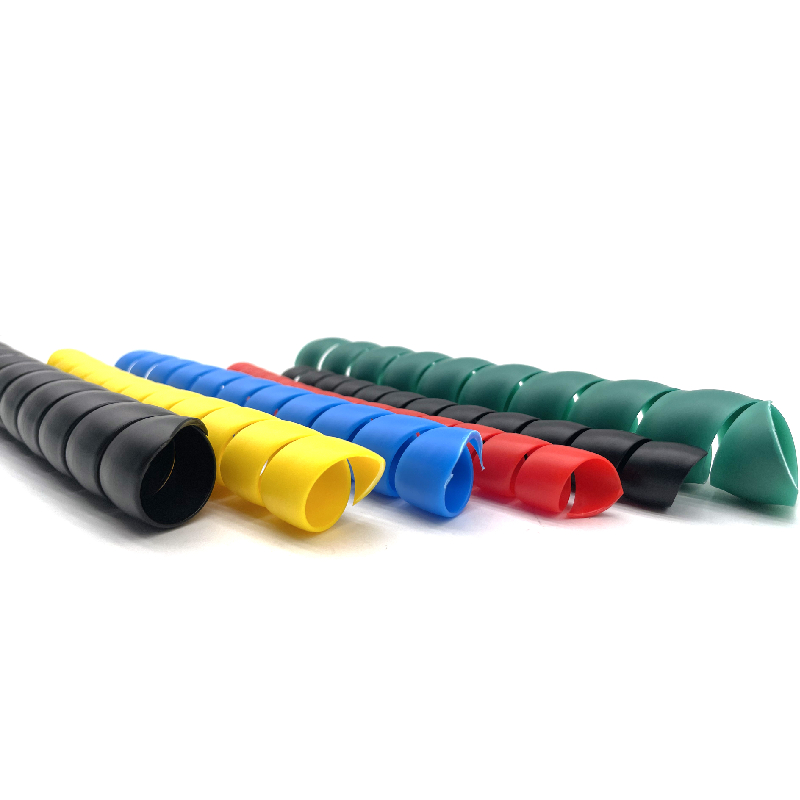Steps to Repair a Leaking Power Steering Hose Efficiently and Effectively
How to Fix a Power Steering Hose Leak
Power steering is an essential system in most vehicles, allowing drivers to steer with minimal effort. However, one common issue that can arise with power steering systems is a leak in the power steering hose. If you notice a fluid leak or experience difficulties in steering, it could be due to a damaged power steering hose. Fortunately, fixing a power steering hose leak is a manageable task for those who are willing to get their hands dirty. This guide will outline the steps to diagnose and repair the leak in your power steering hose.
Identifying the Problem
Before diving into the repair process, it's crucial to identify the source of the leak. The power steering fluid is generally a clear or pinkish liquid, and if you notice puddles or stains underneath your vehicle, it's a good indicator of a leak. Check the power steering reservoir for its fluid levels; if it appears low, the hose could be compromised. Common symptoms of a leaking power steering hose include whining noises while turning the wheel, stiff steering, or visual signs of fluid on the hose itself.
Tools and Materials Needed
To effectively repair a power steering hose leak, you'll need a few tools and materials, including
1. Wrenches (socket and adjustable) 2. Screwdrivers 3. Hose clamps 4. New power steering hose (specific to your vehicle model) 5. Power steering fluid 6. Clean rags 7. A funnel
Steps to Fix the Leak
1. Safety First Begin by ensuring your vehicle is parked on a level surface, and the engine is off. Disconnect the battery to avoid any electrical hazards.
how to fix a power steering hose leak

2. Locate the Leak Depending on your vehicle, locate the power steering hose. It generally runs from the power steering pump to the steering rack. Carefully inspect the hose for visible cracks, abrasions, or loose connections indicating a leak.
3. Drain the Fluid To prevent spills and manage the area better, drain the power steering fluid. Place a drain pan under the steering rack and remove the hose from the reservoir, allowing the fluid to flow into the pan.
4. Remove the Damaged Hose Using the appropriate wrench, loosen the hose clamps securing the old power steering hose. Carefully detach the hose from both the power steering pump and the steering gear or rack. Make sure to handle it gently to avoid damaging any surrounding components.
5. Install the New Hose Take the new power steering hose and ensure it matches the length and diameter of the old one. Attach one end of the new hose to the power steering pump and secure it with the hose clamp. Connect the other end to the steering rack using the same method. Ensure that the clamps are tight enough to prevent leaks but be careful not to overtighten, as this could damage the hose.
6. Refill Power Steering Fluid Once the new hose is securely in place, it’s time to refill the power steering system with fresh fluid. Use the funnel to pour the fluid into the reservoir and fill it to the correct level as indicated on the dipstick or reservoir markings.
7. Check for Leaks Reconnect the battery and start the engine. Allow it to idle for a few minutes while turning the steering wheel left and right to help circulate the fluid. Check under the vehicle for any signs of leaks around the newly installed hose.
8. Test Drive Take the vehicle for a short test drive. Pay attention to the steering response and listen for any unusual noises. After your test drive, check again for leaks and ensure everything is functioning smoothly.
Conclusion
Fixing a power steering hose leak can save you from more extensive repairs down the road and ensure your vehicle remains safe and easy to drive. By following these steps and being thorough during the process, you can restore your power steering system to optimal condition. If after troubleshooting the issue still persists or if you're uncomfortable performing the repair, it's advisable to consult a professional mechanic. Regular maintenance of your power steering system can prevent leaks and costly repairs in the future, ensuring a smooth driving experience.
-
Ultimate Spiral Protection for Hoses & CablesNewsJun.26,2025
-
The Ultimate Quick-Connect Solutions for Every NeedNewsJun.26,2025
-
SAE J1401 Brake Hose: Reliable Choice for Safe BrakingNewsJun.26,2025
-
Reliable J2064 A/C Hoses for Real-World Cooling NeedsNewsJun.26,2025
-
Heavy-Duty Sewer Jetting Hoses Built to LastNewsJun.26,2025
-
Fix Power Steering Tube Leaks Fast – Durable & Affordable SolutionNewsJun.26,2025

